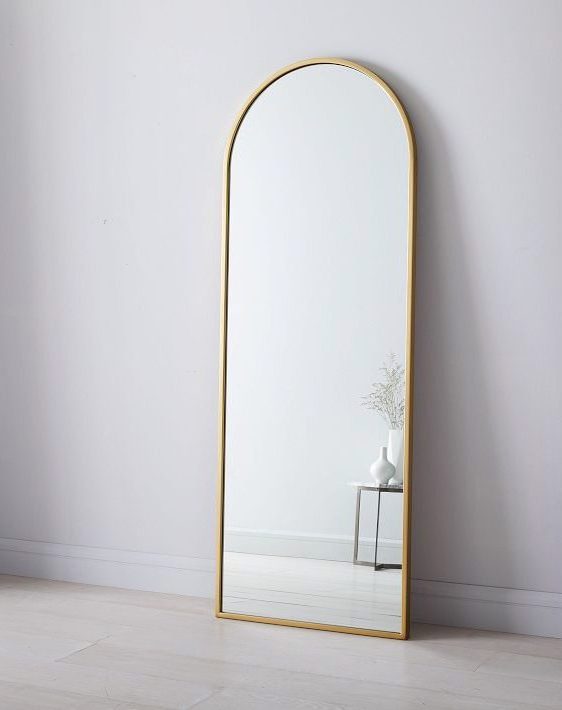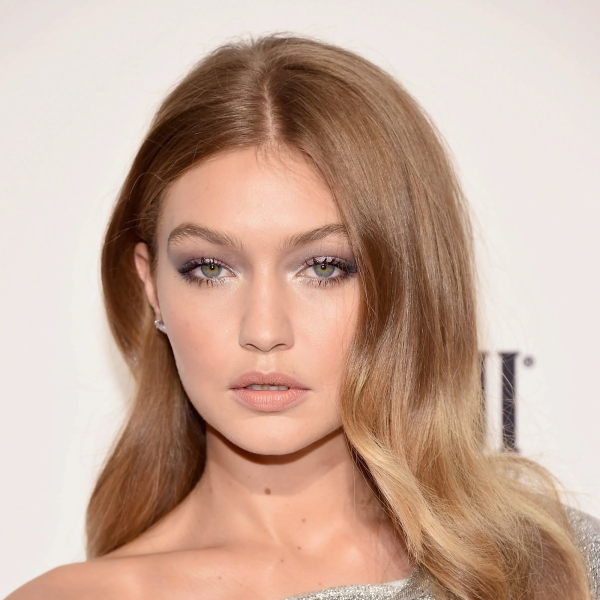In the modern-day digital space, photos are everywhere. From countless ‘flicks’ circulating your friends’ Instagram stories to absolutely heinous high school and college I.D photos, getting your picture taken is practically impossible to escape.
With so many flashing phone cameras encroaching on our daily lives, with our worst moments immortalized forever in the Cloud, many of my peers (myself included) are led to beg the question: am I photogenic?
Most people, when they ponder this pressing query, simply answer ‘no.’ “How can I like my appearance on camera when suddenly my eyes are disproportionate, my parting isn’t straight, and my head looks like it takes up a third of my body? I know I look better than that, so I am unphotogenic.” However, the reality of this warped image is less about the subject and more about the science. What does it mean, and is anyone actually photogenic?
What It Means To Be Photogenic
The dictionary definition of ‘photogenic’ is as follows: (especially of a person) looking attractive in photographs or on film.

So then, the question becomes more about the definition of attractiveness, which is entirely subjective. However, other sources find the definition of photogenic as a little more nuanced. The Cambridge Dictionary, for example, defines the word as having a face that looks attractive in photographs. At the same time, Dictionary.com describes it as forming an attractive subject for photography or having features that look well in a photograph. As far as attractiveness goes, photogenicism seems to be an entirely different category.
Why Do I Feel ‘Ugly’ In Photos, But Like My Reflection?
Throughout our daily lives, humans rarely see an accurate portrait of themselves. We often glimpse our own reflections, whether that be through a black computer screen, a glass window, someone’s sunglasses, or even a bathroom mirror. However, even the most accurate of viewing methods, such as a mirror, don’t portray the full picture. Mirrors reflect light that is being bounced onto them and project a backward image of us due to the metallic coating behind the frame. Thus, the term ‘mirror-image’. Although the most accurate means of grasping our appearance, this image is not entirely truthful. The image is backward.

Although this seems inconsequential, it actually plays a huge role in the discrepancy around photogenicism. In our society, it is common to take selfies on a mobile phone. Much like a mirror, selfies display the reverse image of what we truly look like. The camera that takes this picture is known as the front camera. However, when someone else takes a photo of their subject, they are using what’s known as the back camera.
This is the same kind of camera used on most recording devices, from big industrial Hollywood cameras to the back of an early 2000s digital camera. This camera, unlike the selfie camera, does not distort the final image into a reflection. It shows the more ‘accurate’ image, one which can be unnerving to the human brain. Because we often look at reflections, seeing our features on the ‘wrong’ sides can make an image seem uncanny or even ugly simply because our brains aren’t used to it.
Comparisons to Experts & Angles
Even when one becomes familiar with their ‘backward’ reflection, it can be easy to assume that they are still unphotogenic, especially when comparing themselves to highly trained professional models. Regardless, even models are still caught at ‘bad’ moments simply because the setting in which the photo is taken is unsuitable. Professional photographers and models are experts in angles, lighting, filters, and focus. Take these images of model Gigi Hadid, for example.


In the first image, the model is completely taken off guard. The image is taken while she’s moving, likely unaware that the photo is being taken. The model is most likely not wearing any makeup and isn’t dressed to be photographed. Additionally, the image likely wasn’t edited to show her in a more flattering manner or color-balanced at all. In contrast, we see the image on the right.
Here, Gigi is absolutely aware that the photo is being taken. She is dressed up, standing still, posing, with styled hair. Her skin is flawless, possibly airbrushed or blurred in post. In short, with her skill and experience, Gigi Hadid is a master at making herself look her best, knowing her best angles, and preparing for paparazzi. It is entirely unrealistic to compare oneself to her when she has built up the perfect photo-taking technique.
Conclusion
Photogenicism, like most attributes, is more a skill than a gift. However, it’s easy to feel lacking when you see your worst moments captured on a cracked iPhone screen. It’s important to remember that skill-building takes time. No one gets it right on the first go. (My tips to achieving that goal faster, though?)
- Practice posing and angles. Yes, mirrors are deceiving, but they are your best bet.
- Figure out which lighting flatters you most.
- Find reliable friends who won’t do you dirty in the group shot.
- Relax! Nothing looks worse than a tense face in a photo.

